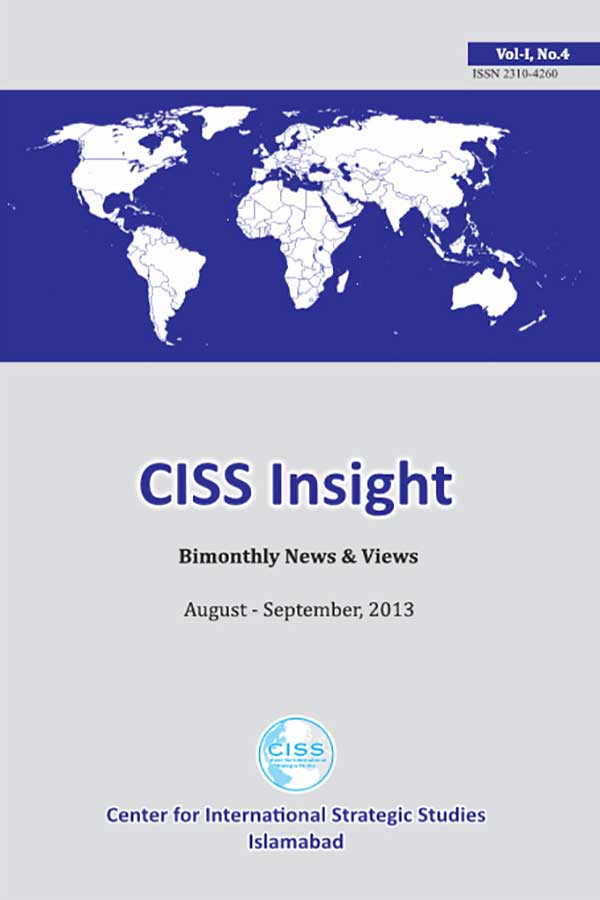Abstract
Since the realization by nuclear-technologically-advanced nations that nuclear trade for the peaceful use of nuclear technology is in their commercial interest they have been prepared to transfer nuclear material to the less nucleartechnologically developed states. Simultaneously, they have been cognizant of the dual use of nuclear technology. They do recognize that transfer of nuclear technology and material for the electricity generation, increasing the yield of agriculture products, and medical treatment gradually makes the recipient state become a nuclear weapon state. This dual-use puzzle of nuclear technology sharing had alarmed the United States and its like-minded nations at the outset of nuclear era, especially so after the former Soviet Union nuclear weapon test in 1949. Deliberations started to devise an apparatus which permits the transfer of nuclear technology for the peaceful purposes, but disallows the recipient state to employ the technology for military use.
President Eisenhower’s famous “Atoms for Peace” speech in December 1953 had not only laid the firm foundation for nuclear commerce, but also had restarted serious deliberations to prevent the nuclear technology recipient states from using the acquired nuclear technology for military purposes. The United States Congress legislated the famous ‘US Atomic Energy Act of 1954’ and international community agreed in 1957 to constitute International Atomic Energy Agency (IAEA) as a watchdog. Though one usually traces the roots of International NonProliferation Regime (INPR) from the United Nations General Assembly’s first resolution adopted on January 24, 1946, which called for the elimination of all atomic weapons and all other major weapons adaptable to mass destruction,1 but the practical process for the INPR was started in mid-1950s. It was a process to discourage or abandon the emerging nuclear powers from developing nuclear weapons.

